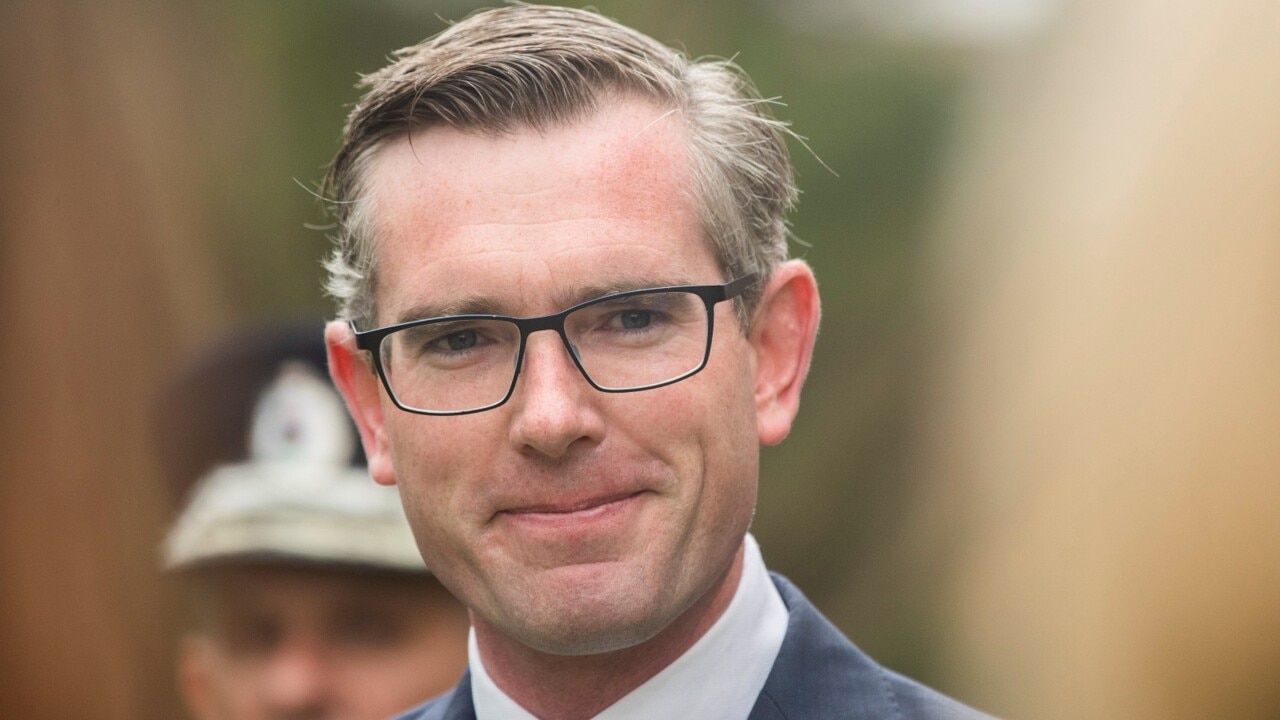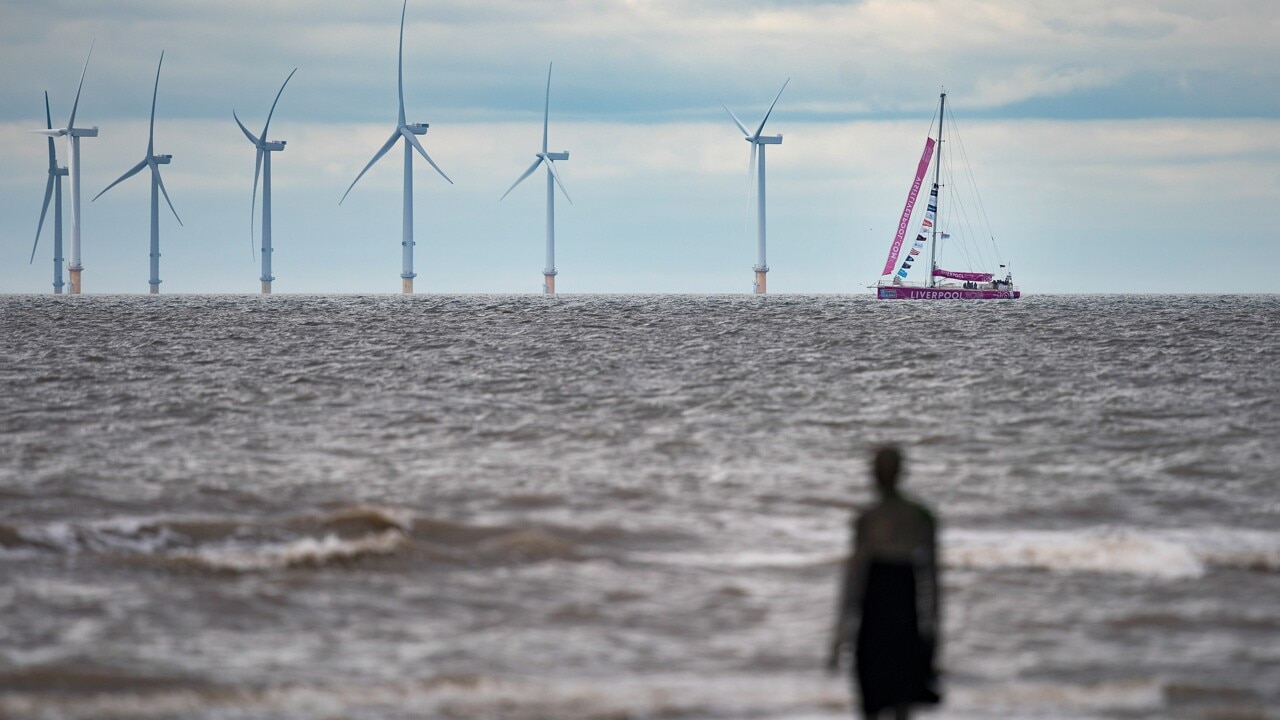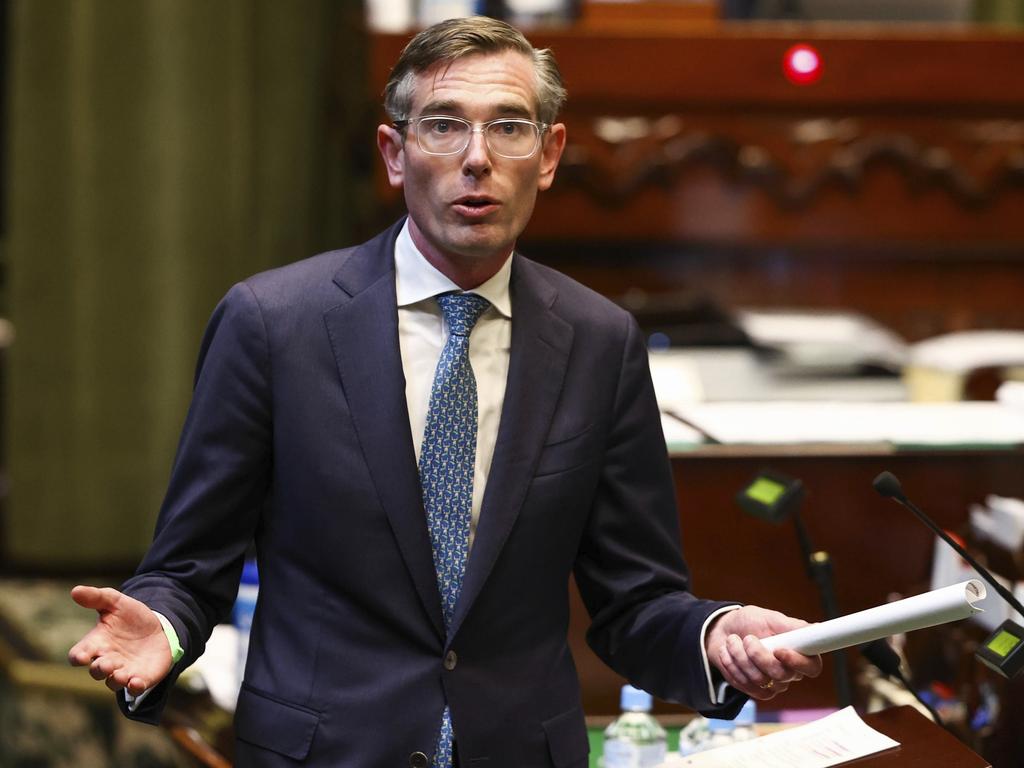So far, hydrogen isn’t the winner it’s cracked up to be


Let me give you more clues. They also said: “For too long, environmental policy has been dominated by a sterile debate between those who believe that pollution is the price of progress and those who believe that we must limit and scale back our progress.” They claimed that by 2020, “(cars) could be powered by hydrogen and pollution-free”.
The answer is US president George W. Bush in his state of the union address in January 2003. At that point the Bush administration committed $US1.7bn to research into hydrogen. Bush was adamant: “Hydrogen is the key to a cleaner energy future.”
This didn’t happen in the US and the government money for research was gobbled up with virtually nothing to show for it.
To keep the quiz going for a minute, who said this? “Today’s $3bn green hydrogen strategy is nation leading, world leading and sets up our state for future success. We know the world is moving toward a renewable energy future and we want our state at the cutting edge to be the leader of the pack.”
That would be newly installed NSW Premier Dominic Perrottet, speaking last week. He is probably blissfully unaware of Bush’s previous hydrogen adventure.

Given all the recent hype about hydrogen as an emissions-free source of energy and its potential to assist Australia reach net-zero emission by 2050, it is worth asking: is hydrogen a real opportunity or a pipe dream? It’s important we get to the bottom of this question because a lot of taxpayer dollars are being thrown at hydrogen that might be used for other purposes.
The potential for hydrogen as a source of energy has been known for a long time. While it is the most abundant substance on Earth, hydrogen mostly exists in compound form, such as in natural gas, coal and water.
This creates the first barrier to using hydrogen as a source of energy: you need to use energy to extract the hydrogen before the hydrogen can be used. There’s no overcoming the laws of thermodynamics. It’s one of the reasons the use of hydrogen has been relatively limited to this stage.
That’s right: hydrogen is colour-coded. There’s at least green, blue, pink, grey, brown and black, depending on the source of the compound from which the hydrogen is extracted and the process used. The two main options for Australia at this point are green, which is hydrogen produced from renewable energy, and blue, which is hydrogen produced from natural gas with the emissions captured and stored.

Note that Perrottet has nominated only green hydrogen for taxpayer dollars. But there is a hydrogen pilot being conducted in the Latrobe Valley using brown coal deposits and funded by Japanese interests. The Victorian government has taken the sensible route of having an open mind about the type of hydrogen development it will support.
Japan has been interested in developing hydrogen as a source of energy for more than 50 years. As a country with virtually no energy of its own, it’s hardly surprising that it would take an interest in its development. But it has been slow going. South Korea has taken a more recent interest. There are some clear impediments to the development of hydrogen as a source of energy, including the cost of separating the hydrogen in the first place. It is widely acknowledged that unless these costs can be brought below $US2 ($2.70) a kilogram, then hydrogen will be a difficult sell.

Energy consultancy Wood Mackenzie has taken the view that this could be achieved by 2040. By contrast, Forrest, a key promoter of hydrogen in Australia, clearly thinks this price point can be achieved much earlier.
There are also the challenges of transporting hydrogen, particularly given how light, flammable and potentially explosive it is. There are three options: in bespoke pipelines for domestic use; in liquid compressed form (LH2), which requires a lot of energy; and in ammonia. For international transport, the last option is favoured by Forrest.
It is possible to add small quantities of hydrogen to the generation of electricity by gas-fired power plants, thereby reducing emissions produced, before 100 per cent hydrogen generation is achieved. In the longer term, it will be possible to use hydrogen for heating and cooking, although households would need to invest in new appliances.
When it comes to road transport, there is a vigorous debate going on about the relative advantages and disadvantages of electric vehicles versus hydrogen-powered vehicles or vehicles powered by hydrogen fuel cells.
EV maker Tesla owner Elon Musk has strong views on the matter, claiming hydrogen-powered cars are “mind-bogglingly stupid”. Certainly, in numbers, EVs are winning hands down, with a small number of hydrogen-powered vehicles being sold mainly in Japan. Toyota has produced a second version of its hydrogen-powered car, the Mirai, and there is a lightly used network of hydrogen outlets in Japan.

There appears to be more scope for heavy goods vehicles to use hydrogen, given the weight of batteries and the short charging time for hydrogen vehicles.
Back in Australia, former chief scientist Alan Finkel continues to promote the cause of hydrogen, claiming hydrogen could result in an export industry worth $1.7bn by 2030 (which, by the way, is trivial; coal currently generates more than $50bn a year) and create 2800 jobs, mainly in regional areas. Note here that green hydrogen takes up a great deal of (additional) land and the renewable energy installations are relatively short-lived and create a disposal problem.
The bottom line is we can’t be sure at this stage that hydrogen will be the affordable circuit-breaker in the path to net-zero emissions by 2050. It is not a proven technology at scale and there are significant technical, safety and economic considerations still to be worked through. There are also many countries seeking to get in on the act, including the US, Canada and France, including in export markets.
The prudent course of action is to accept that fossil fuels, particularly natural gas, will be required as part of the transition. We also should consider nuclear power as a proven technology.







Here’s a quiz. Who said this? “Hydrogen fuel technology: a cleaner and more secure energy future.” Could it be businessman Andrew Forrest or Queensland Premier Annastacia Palaszczuk?